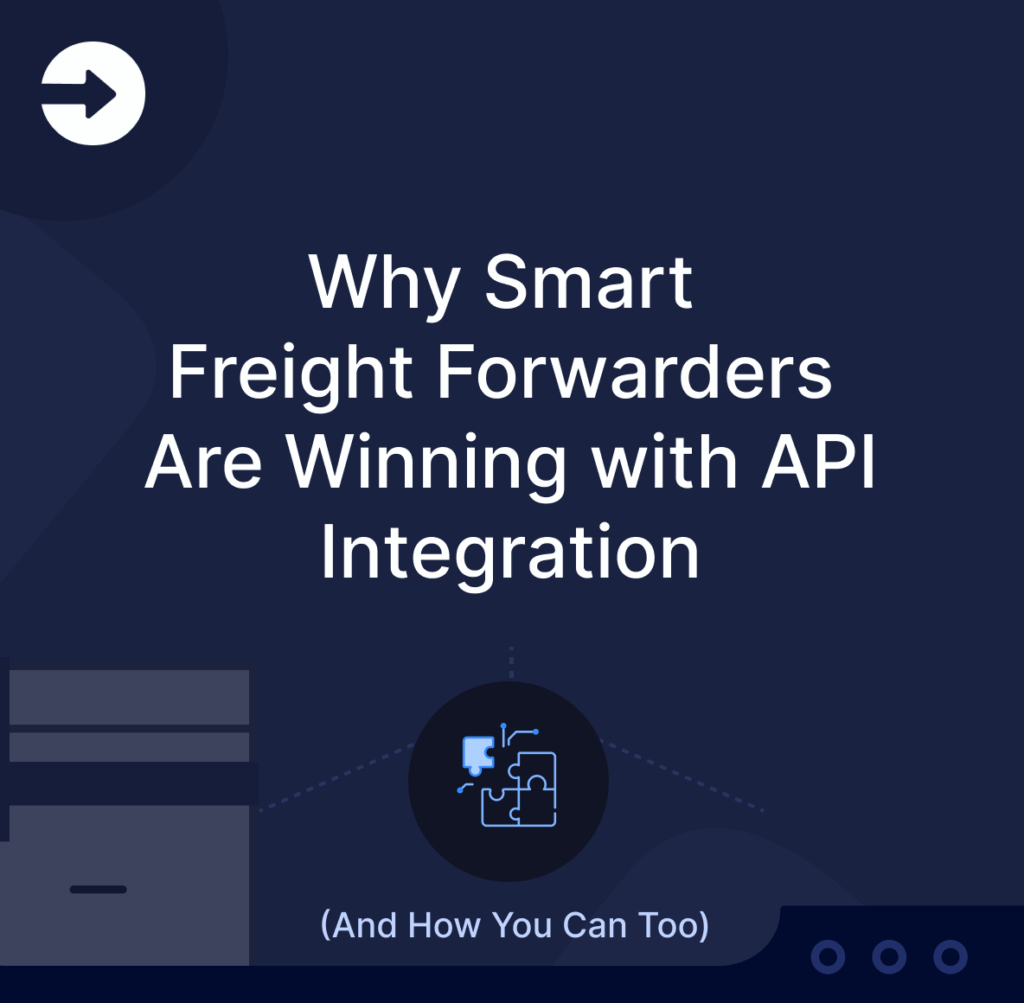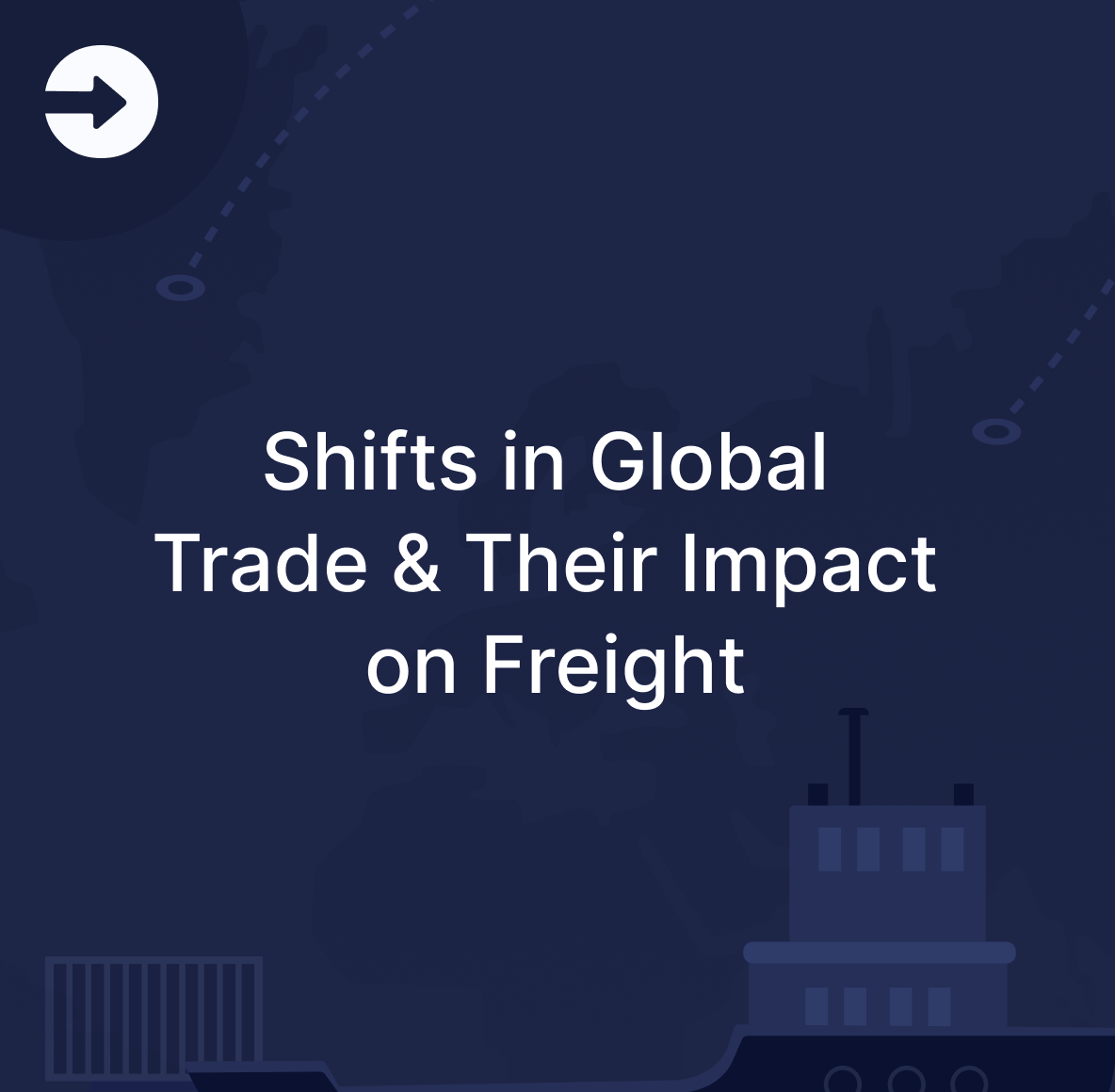Automating freight quotes can save time, reduce errors, and improve customer satisfaction. By integrating advanced tools and AI, logistics companies can streamline quote generation, manage complex rates, and boost profitability. Here’s what you need to know:
- Efficiency: Cut quote generation time by 75%.
- Accuracy: Increase precision by 90%.
- Profitability: Boost profits by 40% annually.
- Customer Experience: Improve satisfaction by 25%.
- Cost Savings: Reduce operational expenses by 30%.
To implement automation, start by evaluating your current process, selecting the right tool, and organizing your data.
Use AI for smarter quotes, automate approvals, and track key performance indicators like response time and accuracy.
Stay competitive by following industry trends and ensuring data security. Automation is no longer optional – it’s essential for staying ahead in logistics.
Steps to Implement Digital Freight Quote Automation
Evaluating Your Current Quoting Process
Manual quoting methods often slow things down and make scaling harder. Start by taking a close look at how your current process works. Assess key areas like:
- How long it takes to generate quotes
- The frequency of errors
- Points in the process that require manual input
- The data sources and systems involved
- How well your tools integrate with each other
This evaluation will help you pinpoint where things are falling short. Once you know the weak spots, you can move on to finding a tool that fits your needs.
Selecting the Best Automation Tool
Choosing the right automation tool is all about matching it to your business requirements.
“Complex contracts, massive ratesheets, thousands of emails, Excels and PDFs bring frustration, consume resources, and destroy efficiency”,
When evaluating tools, focus on features that matter most, such as:
- Real-time rate updates and smooth integration with systems like TMS or ERP
- The ability to handle growing quote volumes as your business expands
- A user-friendly interface with customizable workflows to make adoption easier

Once you’ve picked a tool, it’s time to prepare your data for the transition.
Getting Your Data Automation-Ready
Clean and standardized data is the backbone of any successful automation system. It ensures your quotes are accurate and reduces the risk of issues. Focus on organizing data for contracts, charges, routes, and surcharges into consistent formats.
To maintain data quality, implement practices like:
- Regularly auditing rate information
- Using standardized input methods
- Setting up automated validation checks
Collaborate with your solution provider during the data migration process to avoid hiccups and ensure everything runs smoothly.
Improving Freight Quote Automation Workflows
Customizing Quote Templates
Customizing templates plays a key role in making freight quote automation more effective. Personalized templates help cut down on errors and streamline operations, ensuring consistency and reducing the need for manual work—both crucial elements for automation success.
Some important features to include in templates are:
- Dynamic pricing models that account for surcharges and fees
- Built-in compliance checks to meet regulations
- Customer-specific pricing rules for tailored quotes
Platforms like Cargofive allow freight forwarders to manage ocean, local, and inland charges while automatically updating quotes based on real-time SPOT, FAK, and NAC rates.
Automating Approval Processes
Automating approval workflows speeds up the quoting process while maintaining accuracy. The key is to set clear approval rules and hierarchies.
Critical elements for success include:
- Automated validation checks for quotes that need review
- Approval workflows based on quote value or customer type
- Real-time notifications to keep stakeholders informed
- Direct TMS integration for smooth data flow
Once approval processes are automated, introducing AI can take quoting efficiency to a higher level.
Using AI in Quoting
Artificial intelligence is reshaping freight quote automation by enabling advanced predictive tools. AI-powered platforms can deliver instant spot quotes across extensive carrier networks, improving speed and accuracy in the quoting process.
AI enhances automation by using data from templates and approvals to provide faster, smarter quotes through:
- AI-driven pricing and demand forecasting for optimal efficiency
- Route optimization to improve quote accuracy
- Automated data validation to ensure precision
Integrating AI with current systems has proven highly effective. Connecting rate management systems with TMS can lead to substantial cost savings by enabling instant quote-to-shipment conversions.
To get the most out of AI, focus on:
- Regularly updating AI models with new data
- Seamless integration with existing systems like TMS or ERP
- Monitoring AI predictions to ensure reliability
- Keeping human oversight for complex or unusual cases
Monitoring and Enhancing Performance
Tracking Performance Indicators
Keeping an eye on key performance indicators (KPIs) is crucial for ensuring your freight quote automation system is running effectively. Here are some of the most important metrics to monitor:
| Performance Indicator | Metric | Impact |
|---|---|---|
| Quote Response Time | Time taken from request to quote delivery | Faster response times lead to happier customers. |
| Quote Accuracy | Difference between quoted and actual prices | Accurate quotes build trust and improve profitability. |
| Conversion Rate | Percentage of quotes that turn into bookings | Reflects how competitive your quotes are. |
| System Uptime | Availability of the automation system | Ensures reliability and consistent performance. |
These KPIs give you a clear picture of how well your system is performing and where adjustments are needed. Once you’ve gathered this data, the next step is using it to refine your workflows and improve outcomes.
Improving Through Feedback
Gathering and acting on feedback is a powerful way to enhance your freight quote automation system. Here’s how to get the most out of your feedback process:
- Use A/B testing to experiment with different quote templates and analyze customer responses.
- Monitor acceptance rates to see how different customer segments react to your quotes.
- Identify error patterns to spot recurring issues and address them effectively.
In addition to internal improvements, staying informed about industry changes ensures your system stays relevant and competitive.
Keeping Up with Industry Trends
The freight industry is evolving quickly, and staying ahead means keeping up with the latest technologies. Digital Freight Management systems are introducing features like:
- Real-time rate optimization that adjusts quotes based on market trends.
- Predictive analytics to improve the accuracy of your quotes.
- Blockchain technology to enhance security and transparency.
- API-first architectures for smoother integrations with other systems.
To stay competitive, freight forwarders should engage with industry events, participate in online discussions, and collaborate with tech providers to explore new capabilities and best practices in freight quote automation.
Addressing Common Challenges
Managing Change and Training Staff
Introducing freight quote automation demands a well-thought-out approach to change management and staff training.
| Phase | Actions | Expected Outcomes |
|---|---|---|
| Initial Assessment | Review current skills and training needs | Pinpoints skill gaps |
| Implementation | Conduct role-specific training sessions | Builds team expertise |
| Continuous Support | Offer ongoing coaching and feedback | Maintains long-term use |
Once your team is ready to work with automation tools, the next priority becomes securing data effectively.

Ensuring Data Security and Compliance
With data breaches doubling in 2023, protecting sensitive information has never been more critical.
Key security steps include:
- Using encryption protocols to safeguard freight data
- Implementing access controls to limit unauthorized entry
- Conducting regular security audits to uncover risks
- Deploying compliance monitoring tools to meet regulatory standards
“Ensuring the security of customer and operational data is not just a regulatory requirement but a cornerstone of trust in the digital age.”
With a secure foundation established, attention can shift to integrating and scaling your systems.
Integrating and Scaling Systems
“Automation success requires thorough preparation and staff training”
To ensure smooth integration and scalability, focus on:
- Linking tools with TMS/ERP systems, synchronizing data, and addressing errors
- Leveraging cloud-based platforms to support business growth
- Managing higher transaction volumes effectively
- Using flexible APIs to accommodate future integrations
Conclusion and Key Points
Steps to Automate Freight Quoting
Automating freight quotes can significantly improve both efficiency and accuracy. Achieving this involves following a clear process:
| Phase | Key Activities | Expected Results |
|---|---|---|
| Assessment | Evaluate processes, check data readiness | Develop a clear action plan |
| Implementation | Choose tools, prepare data, customize templates | Simplify quote generation |
| Optimization | Monitor performance, gather feedback, integrate AI | Improve speed and precision |
These steps provide a framework for logistics teams to either start or refine their automation strategies.
Practical Tips for Logistics Teams
To get started, analyze your current quoting process. Consider using tools like Cargofive, which easily integrates with TMS and ERP platforms to make freight rates easily accessible across your team.
Keep in mind that success requires balancing technology with human oversight. Track key performance indicators (KPIs), train your team, and use feedback to fine-tune your systems. At the same time, prioritize strong data protection measures to ensure smooth operations.
AUTHOR



